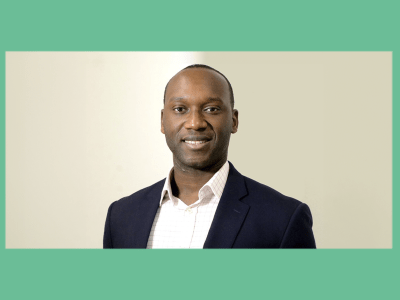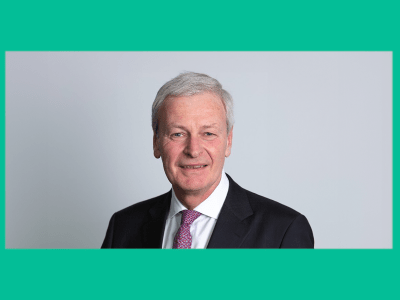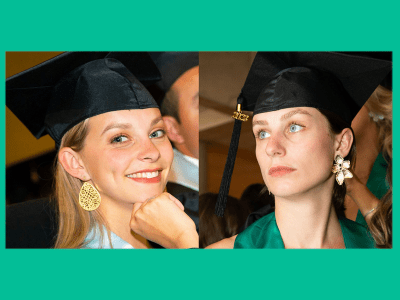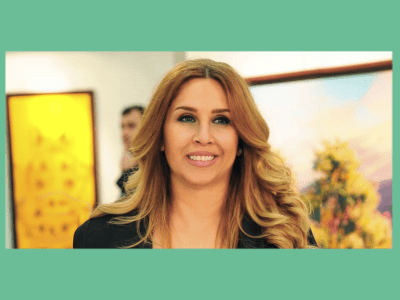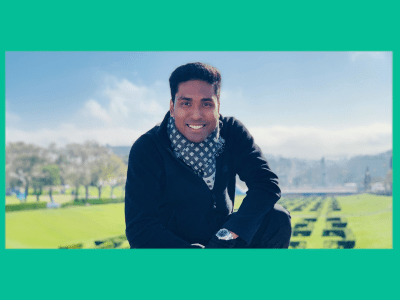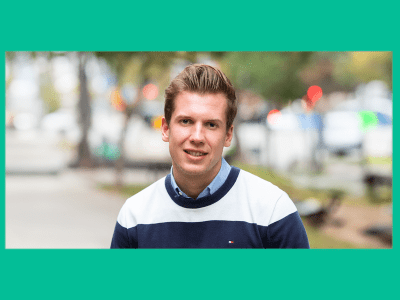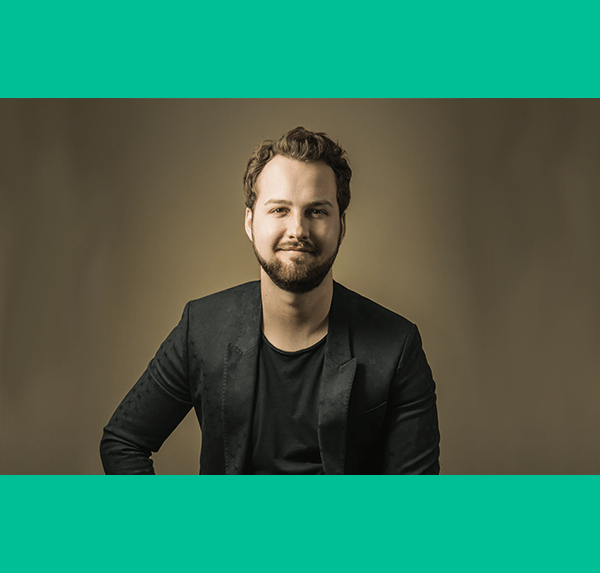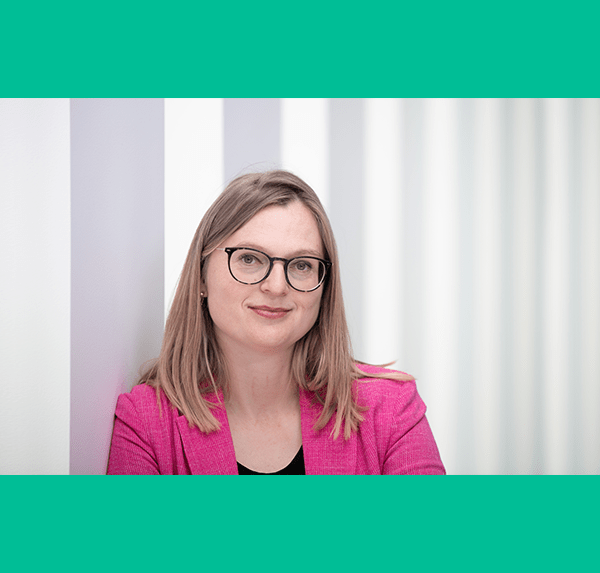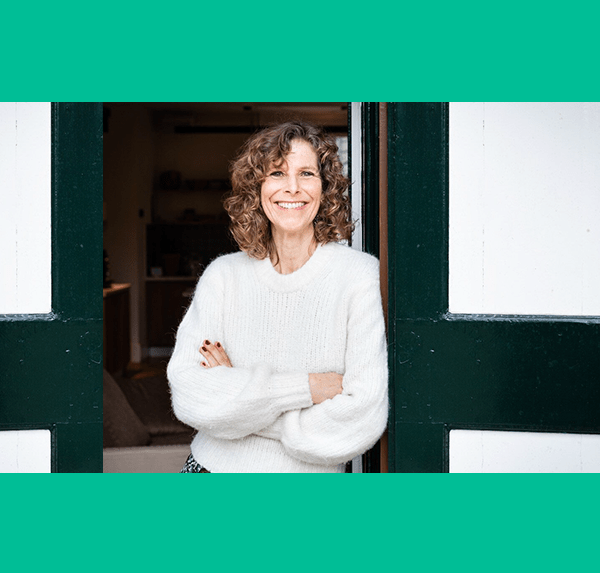About The Speaker
Anna Veskova graduated from EU Business School with an MBA in 2013. Although she is originally from Bulgaria, Anna has spent over half of her life abroad. She is currently based in Geneva, Switzerland. Her professional background is in luxury hospitality, and she describes coaching as her “side hustle from the heart.”
Her business Coaching with Anna is for people with potential, as opposed to people with problems. As a coach, she aims to help clients get to know themselves better. Her role is to ask the right questions instead of providing answers. Anna’s presentation reflected this philosophy, as she asked all attendees to participate in a coaching exercise designed to identify urgent priorities.

Anna’s Approach to Coaching
As a coach, Anna aims to accompany her clients on their journey and help them to find clarity regarding their short-, mid- and long-term goals. She is also focused on cultivating emotional resilience, a quality she describes as crucial to function in our modern world. She provides a safe space where her clients can “hear themselves think” and build a plan in accordance with the ideas they uncover.
Through her coaching, Anna seeks to increase the employability of her clients and support them to develop more effective communication skills. According to her, people take confidence for competence, and this is why it’s so important for her clients to present themselves in a self-assured, assertive style.
A new client may approach Anna with a specific goal, or they may require coaching services to determine what their goal is. Anna is very clear that she doesn’t know what her clients should do and she doesn’t tell them what to do. However, she can ask intentional questions that lead her clients to find their own solutions.
In her presentation, Anna explained that what is important is not just knowing what you want to do—it’s what you do once you have that information. Many people experience obstacles to their goals, but Anna helps them find small steps they can take based on the time and resources they have available. There are many things that her clients cannot control, but she focuses on what they can.
One important part of Anna’s philosophy is that the ”comfort zone” is not a bad thing. This seems to contradict the ideas espoused by other coaches in her field. She explained this by saying that people should not focus on leaving their comfort zone, but instead on expanding it to incorporate new things. Another point that Anna repeated during her presentation is that “no one is coming,” which means you have to make decisions about your own life. This can be a frightening realization, that nobody is going to fix things for you or provide the answers, but it can also be liberating. It means you are calling the shots in your own life. You have the responsibility, but you also have the power.
Coaching Activity
To demonstrate her approach, Anna invited attendees to participate in a short coaching activity that can be easily replicated at home, called Wheel of Life.
First, participants were asked to identify 8 priorities that they have in their lives right now. These could be vague, like “health,” or they could be specific, like “beat last month’s sales targets.” The priorities could be personal, professional or both.
Next, participants were asked to rate each priority from 1-10 according to how well they believed they were working towards it. If the answer wasn’t 10, they had to reflect on what has stopped them from doing more.
For example, if a participant had chosen “better sleep” as a priority, but only rated their efforts thus far with a 6, they might identify “excessive workload” or “lack of routine” as obstacles that have hindered their progress.
Next, participants were asked to think about what they could do to move one point higher for each priority. They then had to decide which of these actions were most urgent to prioritize at that moment.
One idea that underpins Anna’s coaching is that all decisions have consequences. Participants were encouraged to consider what might happen if they don’t address these priorities and if they procrastinate on the action points that they’ve identified.
Armed with this information, it was time for the participants to choose one action they would commit to taking in the next 48 hours. To firm up their plan, they had to write the specific day and time that they would dedicate to the task. Anna described this process as “signing a contract with yourself.”
Lastly, participants were supported to anticipate what obstacles might stop them from achieving their goals. They had to rate their commitment to the action from 1 to 10, and if their commitment was below 7, they were asked to explain why. To motivate themselves, their final task was to reflect on what the benefits of taking this action would be for them. How would it improve their lives and move them closer to their goals?
This activity was useful in helping participants uncover some of the insidious beliefs that can limit their potential. It didn’t just provide the start of an action plan; it also revealed how their minds worked for and against them when it came to fulfilling that potential.
3 Questions to Ask Yourself
Anna suggested that people ask themselves the following three questions when beginning to build their career path or making an important career transition:
What should I be doing to achieve my goal?
This question is designed to bring clarity. It helps refine the practical needs that must be met to achieve a goal. For example, if your plan is to move country for work, you may need a visa, a certain qualification, or to reach a certain level of language fluency. The answer to this question will bring those urgent and inevitable needs to light.
What am I ready to do to achieve my goals?
This relates the objective first answer to the self. It takes into consideration the triggers and motivators of the person asking the question to determine how they are able to show up for themselves and their goals at that point in time. Anna emphasized that every person is enough; however, they may not be doing enough for themselves.
If I stay on the same path, where do I land?
The final question relates to consequences. It encourages the consideration of best and worst-case scenarios, empowering people to compare where they want to be with where they’re projected to be. This can be a motivator for positive change. According to Anna, if you’re able to articulate what you want from life, you have a much higher chance of actually getting it.
The final thought that Anna left with was the “equation for success”:
Performance = Potential – Interference
This equation inspired reflection: what was interfering with attendees’ ability to perform at the highest level and reach their potential? Anna’s coaching method is based on the idea that people are better equipped to minimize interference in their lives when they’re able to recognize and name it.


